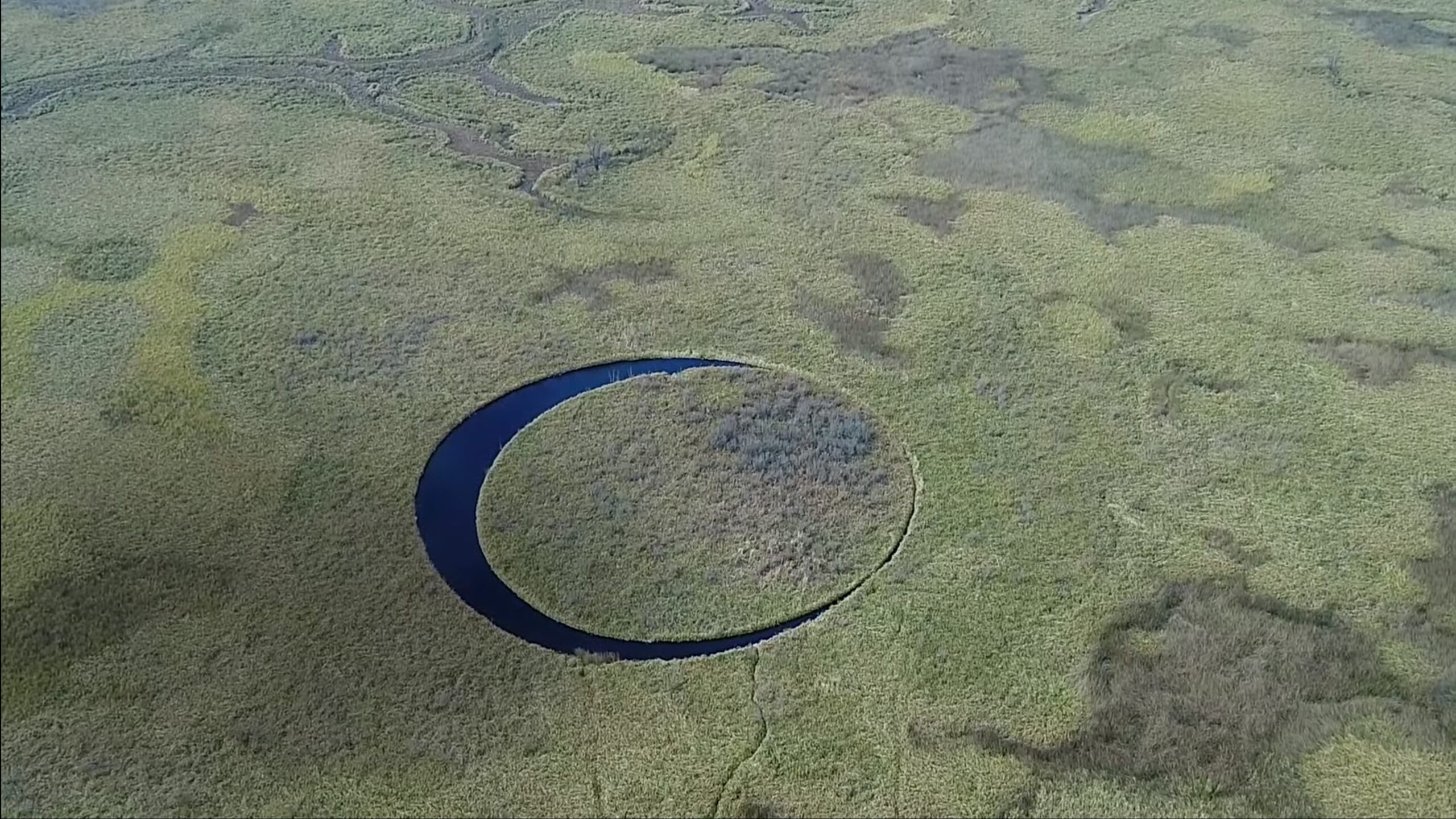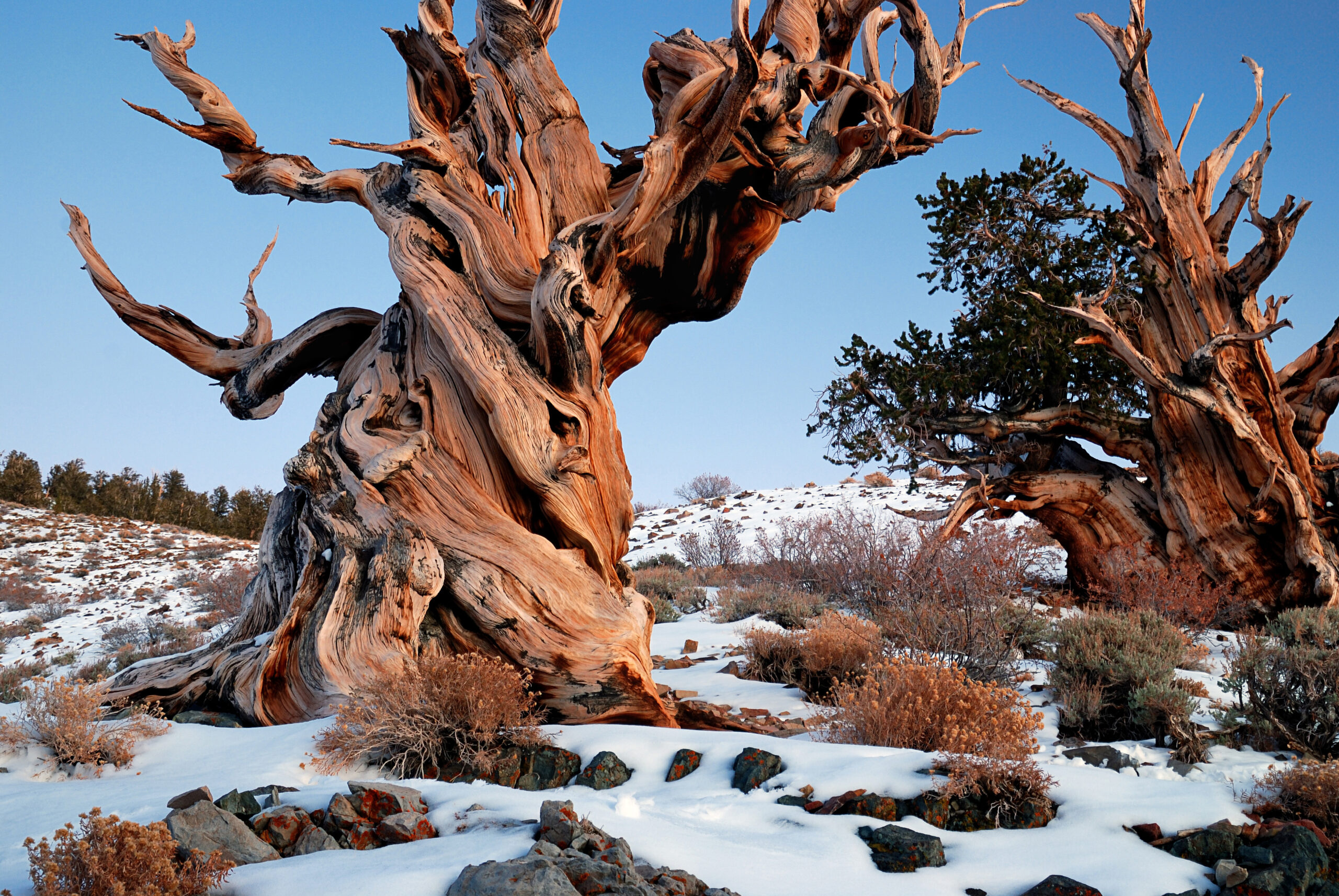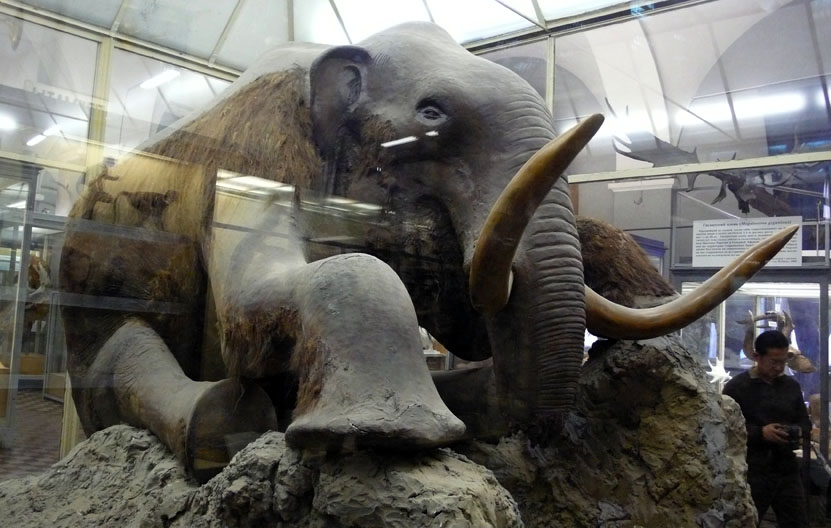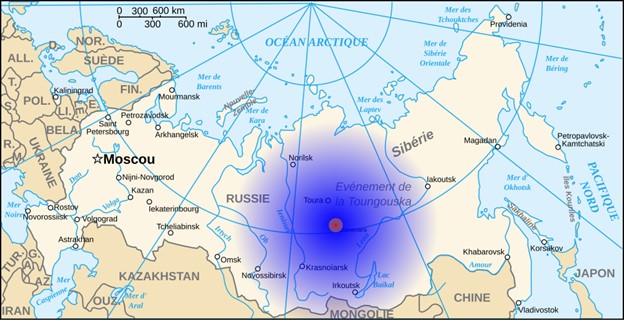
Few landmarks command the vast New Mexico desert like Shiprock, a jagged volcanic formation that pierces the horizon with a presence both eerie and majestic. Rising 1,583 feet above the high-desert plain in San Juan County, this monolith has captivated travelers, geologists, and the Navajo people for centuries. Known in Navajo as Tsé Bitʼaʼí, or “rock with wings,” Shiprock stands as more than a geological curiosity—it’s a sacred site woven into the fabric of tribal lore and a testament to the Earth’s fiery past.
Long before its English name emerged, the Navajo revered this peak. According to oral traditions, it was a giant bird that carried their ancestors from the north to the safety of the Four Corners region. Today, located 10.75 miles southwest of the town bearing its name, Shiprock draws eyes from miles away, its stark silhouette a beacon against the flat expanse. But what lies behind its imposing form?
A Volcanic Relic Revealed

Shiprock formed about 27 million years ago. Molten rock pushed up under what’s now northwestern New Mexico back then. Experts call it a volcanic neck—the solid core left after a volcano’s softer parts wore away. Wind and water did the work over millions of years, uncovering a structure of broken rock and dark minette, a kind of lava stone. Also, thin walls of hardened lava, called dikes, spread out from it like rays.
It reaches 7,177 feet above sea level today. Long ago, it sat 2,500 to 3,000 feet underground. Erosion slowly shaped its current height of 1,583 feet above the ground. Some dikes stretch miles from the peak, showing the huge forces that once boiled below. You can see it from roads like Indian Service Route 13, though Navajo rules limit how close you get. The years seem carved into its rough face.
A Sacred Anchor in Navajo History
For the Navajo Nation, Shiprock is more than stone; it’s a cornerstone of identity. Their deep spiritual connection to the land shines through in the tales surrounding this peak. Legends vary: some say it was the bird that delivered the Navajo to their homeland, turning to rock at journey’s end; others cast it as a guardian or a site of ancient struggles. Whatever the tale, its sanctity is unquestioned.
This reverence shapes its modern status. Climbing, once a draw for adventurers, has been banned since 1970 to honor Navajo beliefs—no small decision, given its allure to early mountaineers. In 1939, a team of climbers made the first recorded ascent, a feat etched in history but now forbidden. The Navajo Nation guards Shiprock fiercely, ensuring it remains a place of reflection, not conquest.
Crafted by Nature’s Hand
Look closer, and Shiprock’s form tells a story of natural artistry. Its sheer walls, a patchwork of dark minette and lighter breccia, rise abruptly, flanked by those striking dikes. From certain angles—particularly the southwest—it resembles a bird with folded wings, a shape that inspired its Navajo name. Others, viewing it from afar along U.S. Route 491, likened it to a 19th-century clipper ship, cementing its English title by the 1870s.
This blend of ruggedness and grace sets Shiprock apart. Unlike the broad mesas dotting the Southwest, its isolation and verticality stun the eye. Designated a National Natural Landmark in 1975, it’s a geological marvel that invites awe without needing human embellishment.
Echoes in Culture and Time
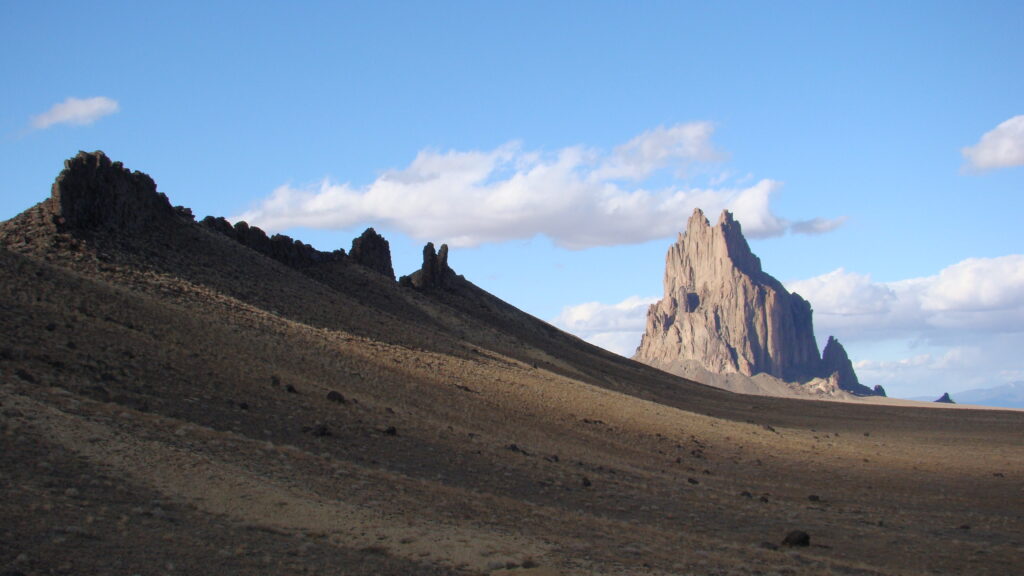
Shiprock’s influence stretches beyond the desert. It’s appeared in literature—like Tony Hillerman’s 1996 novel The Fallen Man—and film, its silhouette a shorthand for the wild Southwest. For the Navajo, it remains a living symbol, a link to ancestors and a reminder of resilience. Its recognition as a landmark underscores its broader significance, tying natural history to human narrative in a way few places can match.
The surrounding Navajo volcanic field, active 30 million years ago, birthed other formations like Agathla Peak, but Shiprock stands tallest—literally and culturally. Its minette composition, rare and potassium-rich, hints at unique mantle processes, adding a layer of scientific intrigue to its mystique.
Mysteries That Endure
Yet Shiprock keeps secrets. How did such a precise volcanic neck form so prominently? Why do its dikes stretch so far—some visible for miles—while others in the field faded? And for the Navajo, what deeper truths lie in its origin story? These questions linger, unanswered, as the rock looms silently over the plain.
Today, visitors can photograph Shiprock from Route 13 or U.S. 491, but its base is off-limits without Navajo permission—a rule rooted in respect, not restriction. It’s a place to ponder, not plunder, its sacredness as enduring as its stone. Shiprock doesn’t just rise from the desert; it anchors a history both geological and human, a monument to forces we’re still unraveling.

